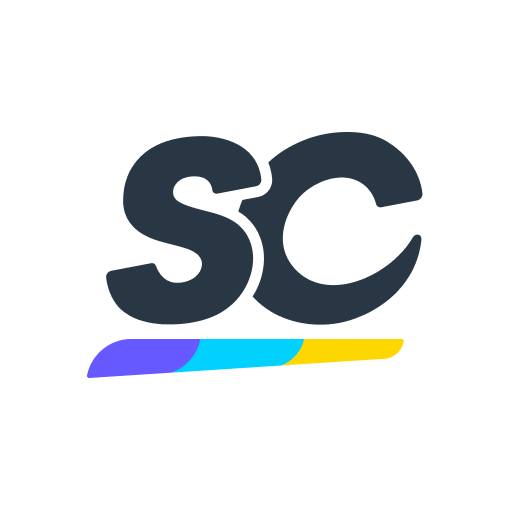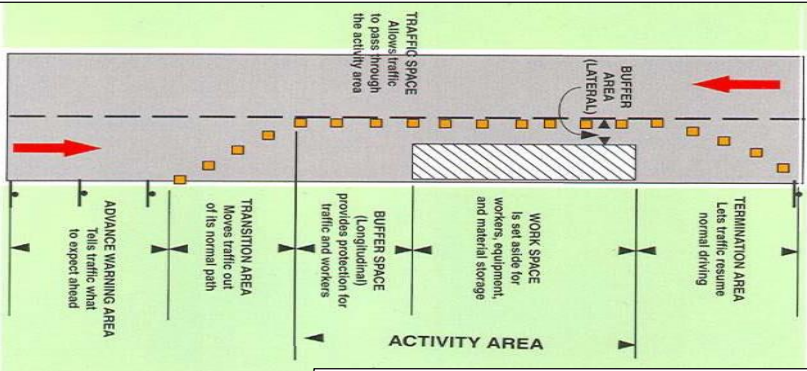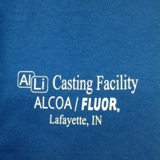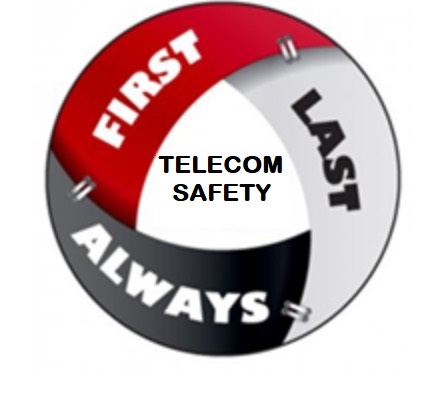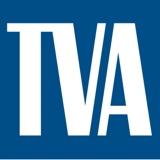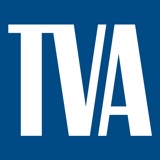Title Page
-
Site conducted
-
Conducted on
-
Prepared by
-
Location
PRE-JOB BRIEF DISCUSSION
-
A job brief must be conducted by any multi-person crew before the start of each job, shift or when conditions change
-
Work Location/Address:
-
City/Town:
-
Date:
-
Gas Control Notified:
-
Nearest Landmark/Crossroad:
-
Dig Safe Ticket #:
-
Effective Date:
-
Expiration Date:
-
Emergency Permit(s):
-
Permit Number(s):
-
AED Location:
-
Fire Extinguisher Available:
-
Monthly Inspection Conducted:
-
Cable Avoidance Tool used to sweep the area for underground electric cables:
-
Are you working within 200 feet of a regulator or gate station?
-
If yes, notify Gas Control
-
Have emergency valves been located:
-
Location:
-
Accessible:
-
Supervisor has been contacted if working more than 14 consecutive hours:
Topics of Discussion: Understanding of Job and Potential Risks
-
Examples of Potential Hazards:
Slippery/Uneven Surfaces
High Voltage
Vertical Workspace
Machinery: Pinch Points
Flamm/Combust/Chemicals (SDS)
Flying Particles
Heat/Cold Stress / Weather Issues
Power & Hand Tools - Noise
Ladders, Scaffolds, Stairs, Falls
Pressurized Systems.
- Hydraulics / Gasses
Members of the Public
Lifting: Manual/Mechanical
Awkward Posture, Force, Repetition
Identify Potential to impact Env
and planned response to release. -
Job Description
-
Specific Hazards Associated with Job Tasks:
-
Additional Notes:
Personal Protective Equipment:
-
Standard PPE-HH, Safety glasses/shoes, hi vis
-
Cut/Puncture Resistant Gloves
-
Slip Resistant Footwear Required
-
Controlled Live Gas < 10’
-
Uncontrolled Live Gas < 25’
-
Refer to PPE Matrix
Rigging/Securement Inspections
-
Visual Inspection of slings, chains, hooks, and eye bolts for damage, kinks, corrosion, cuts
-
undefined
-
Load capacity of lifting equipment sufficient for task
-
All loads secured for transport
-
Atmospheric Testing
-
Dust Control (Silica)
-
Asbestos (Coal Tar Wrap)
-
Adequate illumination
-
IF YOU SEE SOMETHING, SAY SOMETHING, AND DO SOMETHING – REPORT NEAR MISSES
Abnormal Operating Conditions
-
Atmospheric Changes in a Confined Space
-
Component Failure
-
Damage to Facilities, Environmental, Incident
-
Escaping Gas
-
Excessive Pressure
-
Fire or Explosion
-
Improper Odorization
-
Inadequate Pressure
-
No gas
-
Ignition Sources
EXCAVATION LOG
-
All Excavations are to be evaluated by the competent person at least once per day, prior to entry, and as needed.
-
Excavation will be entered
-
If yes, excavation log required
-
Excavation Competent Person:
Soil Classification
-
All soil types are classified as Type C soil (least stable)
Benching Type C soils not permitted
NOTES:
-
Surface water present
-
Excavation exposed to vibration
-
Previously distributed soils
-
Excavation contains layered solid
-
Adjacent structures
-
Excavation Assess/Egress compliance
-
Protective System Required
-
Supervisor Notified:
-
Shoring
-
Trench Box (Modular)
-
Timber Shoring
-
Sloping
-
Other
-
Type C soil does not permit benching
-
Estimate excavation details during the main job brief based on prints and update prior to entry
-
Excavation estimated to be:
-
Depth FT’ In''
-
Length FT In"
-
Excavation prior to entry (actual)
-
Estimated Actual Depth FT’ in”
-
Stretch & Flex
-
To proactively reduce strains and sprains use * flex” Exercise
Arm Swings – Hold arms at shoulder height, swing around front of body
Windmills - Hold arms straight and make backward circular motions
Head Circles – Hands on hips. Drop head forward, circle right, move left.
Leg Stretch – Grasp leg in back of body with opposite hand. Don’t pull hard.
Repeat Arms Swings, Windmills, and Jumping Jacks
Soft Tissue Injury Prevention
-
Assess loads and job tasks
-
Use proper body position
-
Avoid twisting
-
Use mechanical means
-
Describe volunteer stretches
Work Zone Requirements
-
Work Zone Set up per MUTCD
-
# of Signs
-
# of Cones
-
Correct Signage
-
Pedestrian traffic Routing
-
Sidewalk Closed Yes No
-
Flagger(s)/Police Detail
-
Obstacles/Terrain (slips,trips,falls)
-
Swing radius of mechanical equip.
-
PJB DEVLOPED/DELIVERED BY:
-
Qualified Observer Assigned for those Not Qualified on tasks being performed.
Employee Name
-
Employee Name, Initials
Post Job Brief Discussion
-
1. Were there any near misses in your work environment today? (Supervisor must take immediate action if warranted and report to Safety
-
2. Do you have any specific pain or perceived health issues as a result of your work today? (If Yes, contact supervisor and EHS)
-
3. Did anyone speak to you today about the safety of your work practices?
-
4. Did you speak to anyone about the safety of their work practices?
-
ALL VISITORS TO THE JOBSITE MUST BE BRIEFED ON HAZARDS AND SIGN DOCUMENT. Signature verifies understanding of job brief and my stop work authority role.
Signature
-
Name and Signature
-
After lunch and/or significant delay or shift change, job review conducted by:
-
Time:
Coordination with Adjacent Work
-
Crew Leaders have reviewed scope and Sequence of work with adjacent work crew(s) to ensure Process Safety and eliminate AOC potential.
Crew
-
Name and Signature
-
Supervisor Quality Review (Name, Signature, Date)
